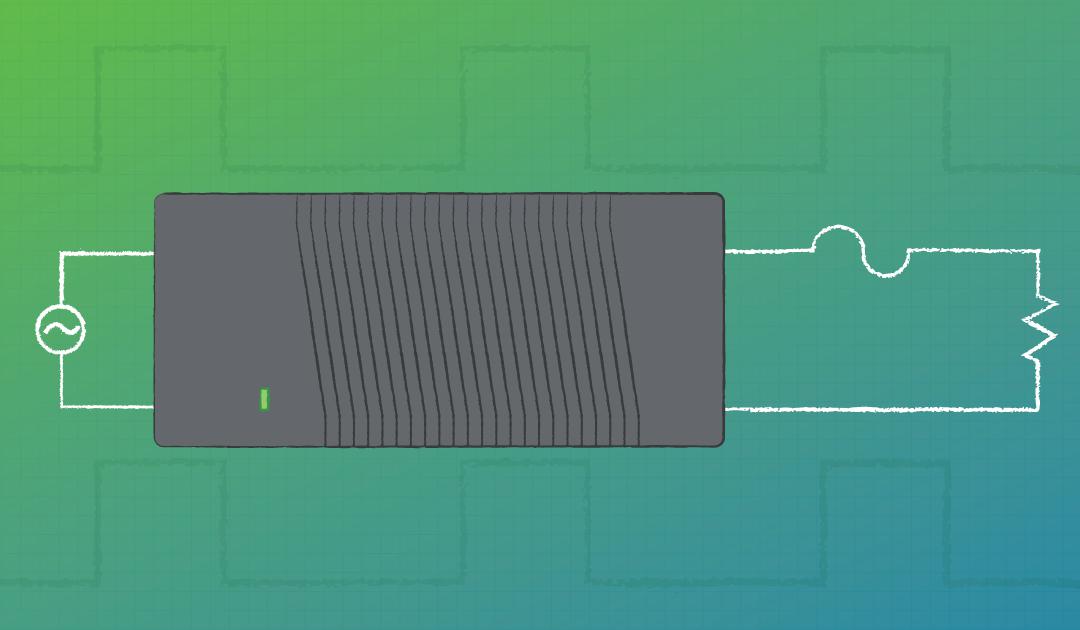Independent Overcurrent Protection ICs: Key to Energy Storage System Safety
In today's rapidly advancing energy storage technology, ensuring the safety and stability of power supply systems is more crucial than ever. Power Management Integrated Circuits (PMICs) have become a trend in the industry by integrating various protection features, such as overcurrent protection. However, does this mean that independent overcurrent protection ICs are no longer necessary? The answer is no. Independent overcurrent protection ICs still play an irreplaceable role in specific application scenarios.

Unique Value of Overcurrent Protection ICs
Overcurrent protection ICs are specifically designed to monitor the current in a circuit and provide protection when the current abnormally increases. They operate based on preset current thresholds and immediately activate protective mechanisms by limiting or cutting off the current to prevent potential damage when an overcurrent is detected. Some advanced models also have an automatic recovery function, which allows the circuit to automatically reconnect after the abnormal situation is resolved, reducing the need for manual intervention.
In energy storage systems, the role of overcurrent protection ICs is particularly critical. They prevent batteries from being damaged by excessive current, avoiding safety risks such as overheating and fire, and ensure the stable operation of portable power sources, electric vehicles, and other equipment.
Trade-offs Between Integrated and Independent Solutions
Although PMICs provide compact and efficient power supply solutions, independent overcurrent protection ICs offer greater design flexibility in systems that require special protection parameters, rapid response, or advanced features (such as programmable protection points, fault recording, self-recovery, etc.). Additionally, in large or complex systems, the distributed protection of independent overcurrent protection ICs can enhance the overall safety and fault isolation capabilities of the system.
For cost-sensitive applications, independent protection ICs may be more economically reasonable, especially when the system only requires overcurrent protection without the need for other functions provided by the PMIC. At the same time, safety standards and certification requirements in specific industries or applications also make independent protection ICs the preferred choice, such as in Battery Management Systems (BMS) and industrial applications with extremely high reliability and safety requirements.
Conclusion
In summary, despite the increasing prevalence of integrated overcurrent protection functions in PMICs, independent overcurrent protection ICs still have their market and application value. They provide customized, scalable, cost-effective, and safety-standard-compliant solutions for specific application fields. Therefore, the choice between integrated or independent solutions should be based on the design objectives, budget, performance requirements, and system architecture of the application.
Daily Popular Models
After discussing the necessity of independent overcurrent protection ICs and their application in energy storage systems, here are several popular models in the current IC industry to meet the needs of different devices and application scenarios.
1. TPS22919DCKR - A compact single-channel load switch suitable for mobile devices and portable equipment, providing precise power control, suitable for smartphones, tablets, wearable devices, etc.
2. MP3414AGJ-Z - A high-efficiency synchronous current mode boost with output disconnect converter, featuring surge current limitation and output short-circuit protection, suitable for portable electronic devices.
3. TPS65217BRSLR - A highly integrated single-chip power management IC, providing a multifunctional power solution, suitable for portable industrial equipment, medical equipment, etc.
4. LM1117IMPX-3.3/NOPB - A linear regulator with current limit and thermal shutdown, suitable for various power management applications that require a stable 3.3V voltage output.
These recommended models are favored in the market for their high efficiency, integration, and reliability, meeting a wide range of needs from mobile devices to industrial applications.









